By Eduardo Mireles-Cabodevila, MD, Rendell Ashton, MD, Neal Chaisson, MD, Aanchal Kapoor, MD, Abhijit Duggal, MD, MPH, MD, and Robert Chatburn, MHHS, RRT-NPS
Cleveland Clinic is a non-profit academic medical center. Advertising on our site helps support our mission. We do not endorse non-Cleveland Clinic products or services. Policy
The advent of positive pressure mechanical ventilation has arguably been one of the biggest advances in modern critical care medicine. This process has now morphed into a series of highly complex machines and an endless variety of ventilatory options. Currently, there are over 300 different names for modes of ventilation in the United States alone. Lack of a systematic taxonomy to describe modes presents significant problems. Nomenclature is at the whim of ventilator manufacturers, and trendy mode names can be confusing or misleading. As a result, physicians often restrict teaching and practice to the most basic modes of ventilation. Those who venture beyond this often do so with an incomplete understanding of how the ventilator and patient truly interact.
Following the work of Robert Chatburn, MHHS, RRT-NPS, Respiratory Therapy Research Manager at the Respiratory Institute, on taxonomy of mechanical ventilation, our group of ten educators began to discuss the growing chasm between current teaching paradigms and ventilator utilization at the bedside.
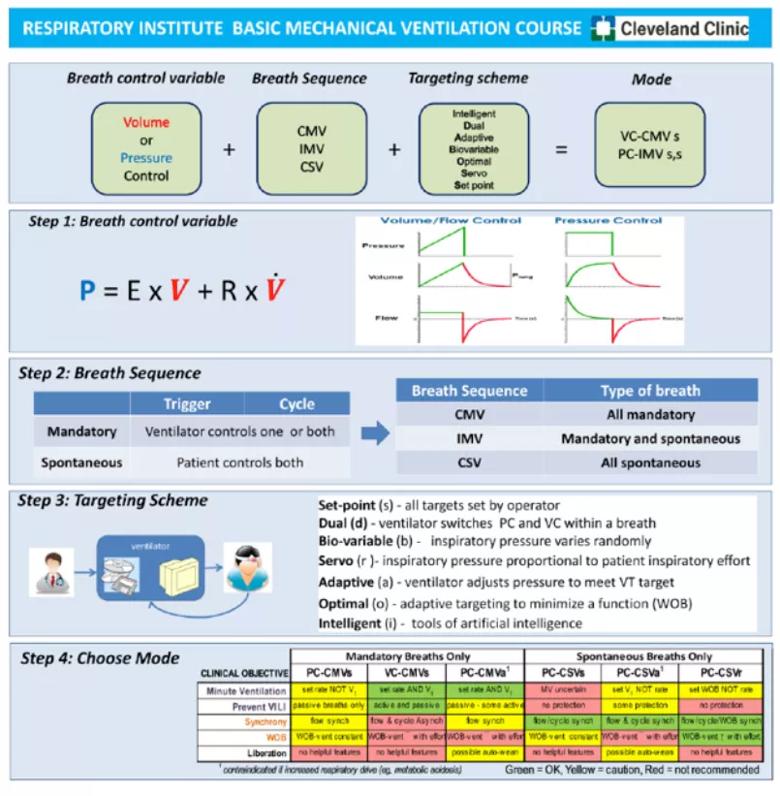
Figure 1: Fellows learn ventilator taxonomy in a systematic fashion. This allows caregivers to optimize ventilator settings by more fully understanding the individual merits and limits of each mode.
Our team worked to address several educational gaps by creating a three-phase curriculum on the principles and application of mechanical ventilation. The first phase focuses on establishing a standardized ventilator taxonomy and learning to choose a mode of mechanical ventilation based on physiologic objectives and clinical goals. Trainees also learn to optimize patient interactions according to specific algorithms. Trainees complete an interactive, online curriculum of 16 modules before moving to the next phase. These narrated modules include embedded graphics, quizzes and links to supporting literature and online ventilator simulators.
The second and third phases of our curriculum occur during an eight-hour Mechanical Ventilation Skills Course at Cleveland Clinic’s Simulation and Advanced Skills Center. The Simulation Center and its multidisciplinary staff allow users the flexibility to create a realistic ICU atmosphere and to utilize high fidelity ventilator waveform simulators, interactive monitors and realistic patient profiles.
Phase two begins with a didactic lecture reviewing key concepts from the self-guided online modules, followed by a hands-on rotation through six skills stations where a facilitator assists learner interaction with ventilators. This phase reinforces concepts of mode taxonomy and patient ventilator interaction and allows safe learning of ventilator manipulation. It also teaches trainees to evaluate the response of each mode to different physiological conditions and reinforces appropriate modes to achieve specific ventilation goals.
Phase three occurs during the afternoon portion of the simulation course. Learners move into small groups where they are exposed to three ICU-based scenarios (ARDS, status asthmaticus and reversal of paralytic medications). In each scenario, teams receive basic clinical information and are exposed to a simulated patient interacting with a ventilator. Learners must choose an appropriate ventilator mode and optimize the settings. Instructors vary patient physiology and patient/ventilator interactions based on a predetermined algorithm created by our team.
Each scenario has specific objectives to reinforce concepts from phases one and two and is designed to be realistic and fully interactive. Time for targeted debriefing and review of the learning objectives is a key element of each scenario.
Finally, groups rotate through an asynchrony troubleshooting workshop. The workshop is designed to introduce a method to evaluate patient-ventilator interactions systematically and to recognize forms of asynchrony correctly. Trainees learn via hands-on interaction with ventilators and a high fidelity lung simulator with preprogramed asynchronous activity.
Our Mechanical Ventilation Course represents the Respiratory Institute’s commitment to educational excellence and innovation. Using leading-edge institutional resources, international expertise in mechanical ventilation and the latest concepts in education theory, we are building bridges between the classroom and the bedside. Our innovative approach to simulation and teaching is helping trainees identify the best ways to optimize both patient comfort and lung protective ventilation with modern mechanical ventilators.
Dr. Mireles-Cabodevila is Program Director, Critical Care Medicine Fellowship. Dr. Ashton is Program Director, Pulmonary/Critical Care Medicine Fellowship. Dr. Chaisson is Associate Program Director, Pulmonary Critical Care Medicine Fellowship. Drs. Duggal and Kapoor are Associate Program Directors, Critical Care Medicine Fellowship. Mr. Chatburn is Research Program Manager, Respiratory Therapy Program.
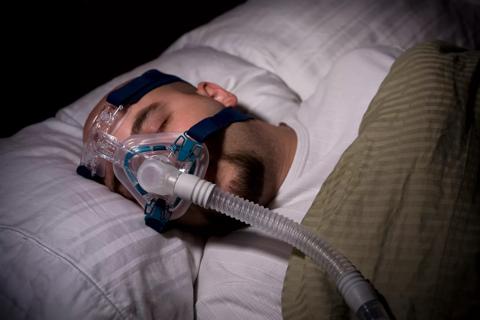
A review of conservative, pressure-based and surgical treatments for OSA
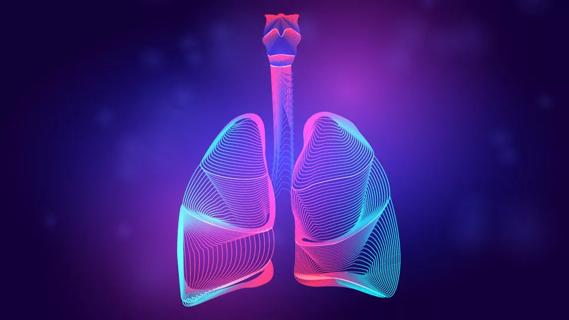
Volatile organic compounds have potential in heart failure diagnostics
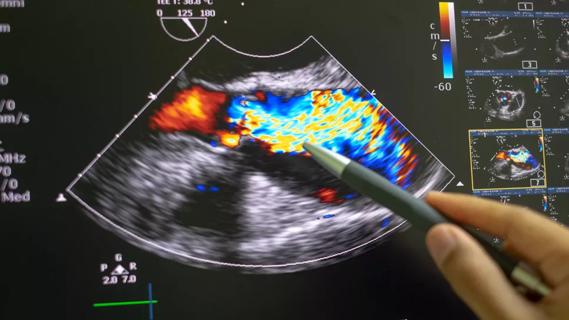
Insights for diagnosing, assessing and treating
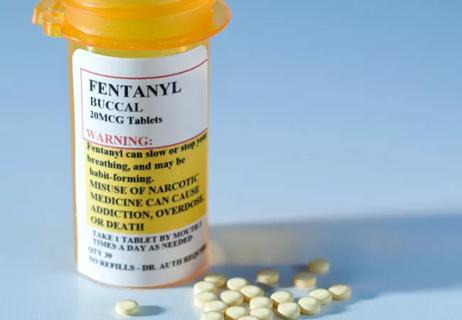
Two NIH grants are looking at developing new antidotes against fentanyl overdose
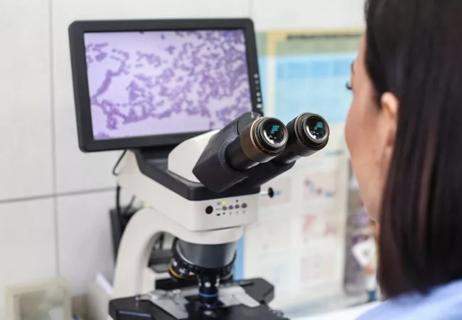
Exploring the responses to medications and other supportive therapies

A set of graphs helps quantify the expected changes in forced expiratory volume at one second (FEV1), forced vital capacity (FVC) and FEV1/FVC ratio with the new race-neutral equation

Because of the associated symptoms, a multidisciplinary approach to care is essential
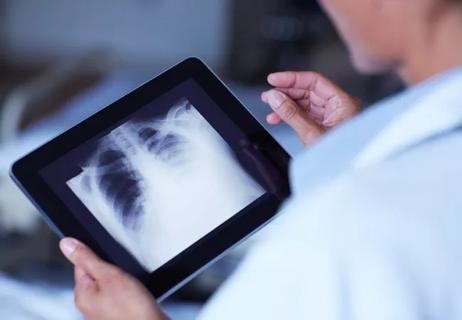
Patients with COPD are often affected by sarcopenia, but the underlying mechanisms for the development are poorly understood. New research looks into the causes and potential therapies